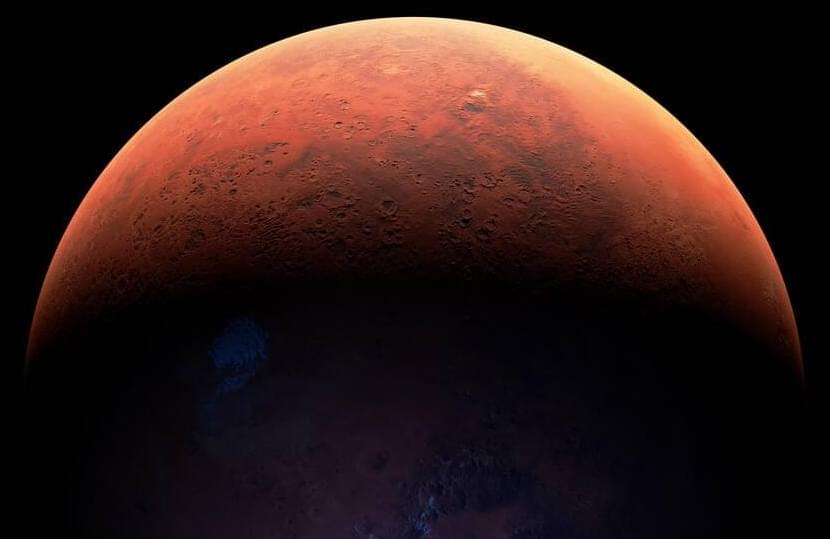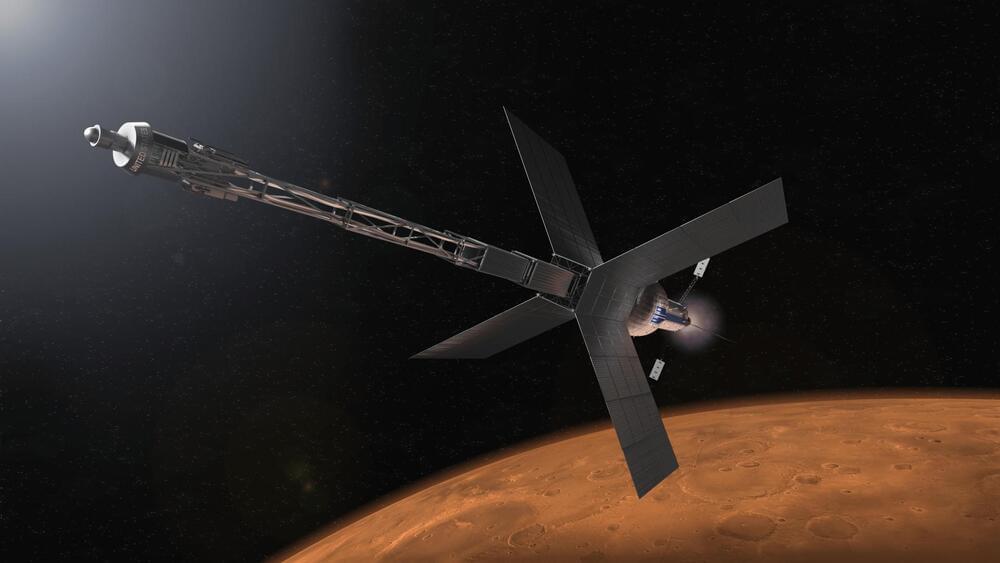May 3, 2024
NASA plasma propulsion project promises Mars in a flash
Posted by Dan Breeden in categories: energy, space
As well as slashing travel time to neighboring planets, PPR promises to support the transport of much heavier spacecraft, which can benefit from shielding against galactic cosmic rays, allowing space travelers to spend longer periods outside Earth’s protective dome.
The latter will be the subject of the NASA Innovative Advanced Concepts (NIAC) study, which is focusing on a large, heavily shielded ship to transport humans and cargo to Mars for the development of a Martian base.
“The main topics included: assessing the neutronics of the system, designing the spacecraft, power system, and necessary subsystems, analyzing the magnetic nozzle capabilities, and determining trajectories and benefits of the PPR. Phase II will build upon these assessments and further the PPR concept,” NASA said.

















